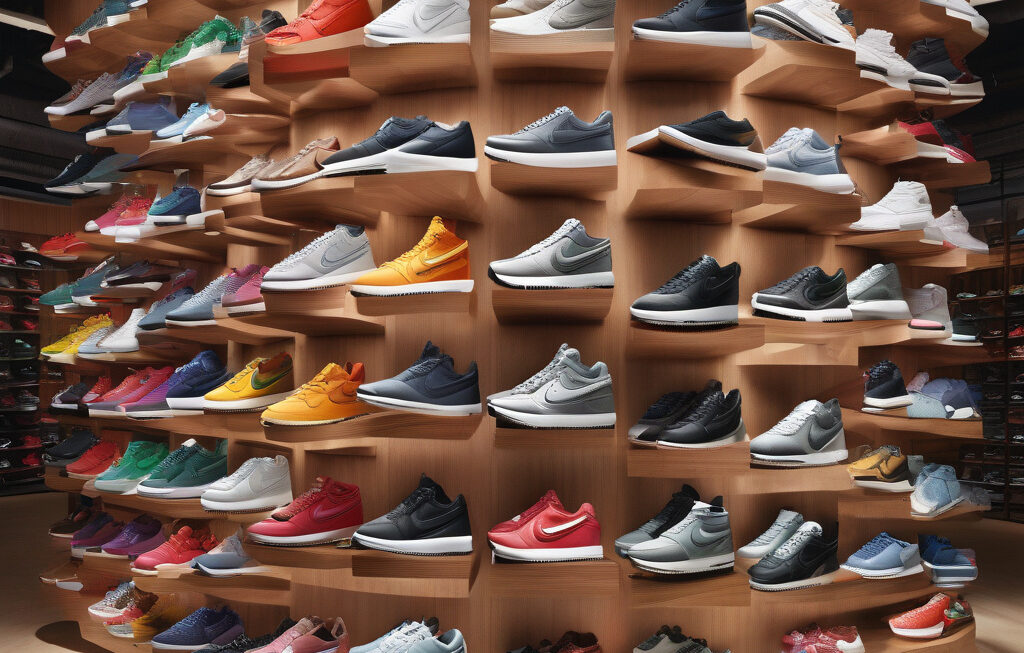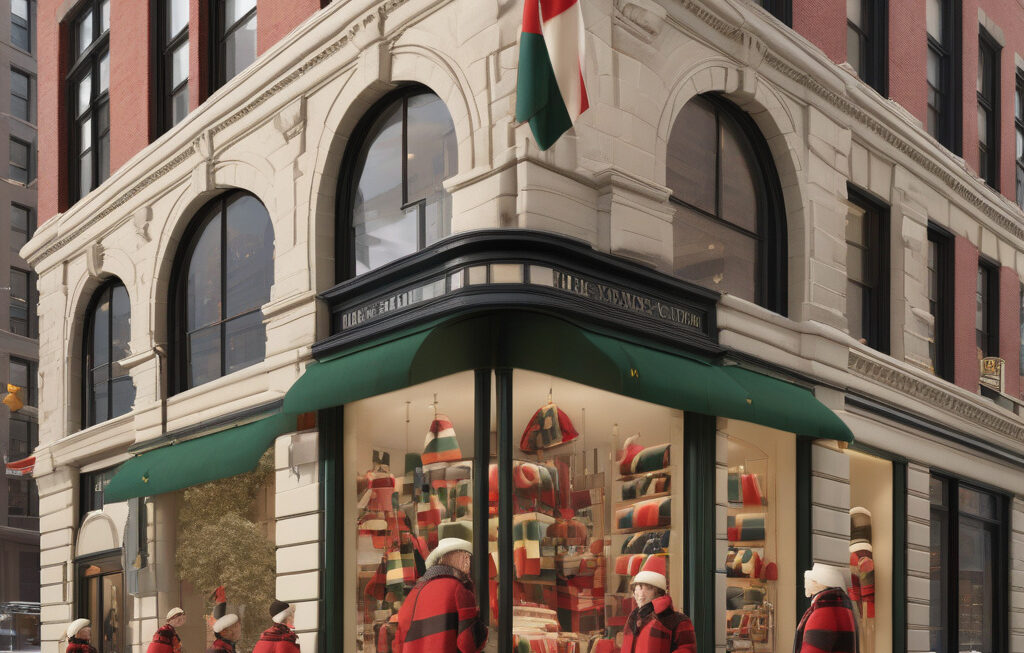US Retail Sales Experience Significant Drop in May, With Silver Lining in Clothing Sector
The recent report on US retail sales for the month of May has left economists and analysts pondering over the state of the economy. The figures show a decline in retail sales, marking the biggest drop in four months. This unexpected downturn has sparked concerns and raised questions about the path to economic recovery post-pandemic.
According to the US Commerce Department, retail sales fell by 1.3% in May, a sharper decrease than the 0.8% that economists had predicted. This decline comes after a strong showing in April, where retail sales had surged by 0.9%, fueled by stimulus checks and easing COVID-19 restrictions. The abrupt reversal in May has caught many off guard and pointed to potential challenges ahead.
Despite the overall decline in retail sales, there was a glimmer of hope in the clothing sector. Clothing sales managed to edge up by 0.1% between April and May, offering a silver lining amid the broader slump. This modest increase suggests that consumer spending on apparel is showing signs of revival, possibly indicating a shift in priorities as people emerge from lockdowns and social restrictions.
The rise in clothing sales could be attributed to several factors. As more individuals return to offices and social gatherings, there is a growing need to refresh wardrobes and invest in new outfits. Additionally, the shift towards outdoor activities and travel as lockdowns lift may have contributed to increased spending on seasonal clothing and accessories. These trends demonstrate the adaptability and resilience of the retail industry in responding to changing consumer behaviors and preferences.
However, the overall decline in retail sales raises concerns about the broader economic recovery. With government support waning and supply chain disruptions persisting, the road ahead remains uncertain. The Federal Reserve’s recent projections of interest rate hikes in 2023 further add to the economic uncertainty, potentially impacting consumer confidence and spending patterns in the coming months.
As retailers navigate these challenges, there is a growing emphasis on innovation and agility to drive growth. The shift towards e-commerce and omnichannel retail has accelerated in the wake of the pandemic, highlighting the importance of digital capabilities and seamless customer experiences. Retailers that prioritize online presence, personalized offerings, and convenience are likely to fare better in the evolving retail landscape.
In conclusion, the recent decline in US retail sales, coupled with the rise in clothing sales, paints a complex picture of the post-pandemic economy. While challenges persist, opportunities for growth and adaptation are also emerging within the retail sector. By staying attuned to consumer trends, investing in digital strategies, and fostering resilience, retailers can navigate the current uncertainties and pave the way for future success in a rapidly changing market.
US retail sales, decline, clothing sector, economic recovery, consumer spending.












